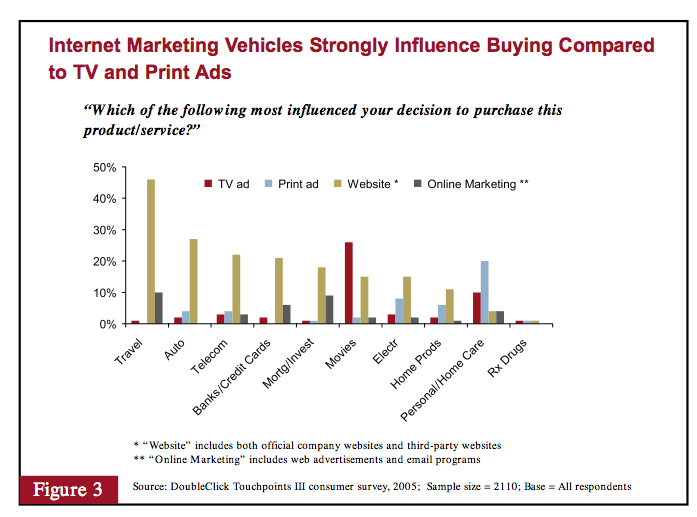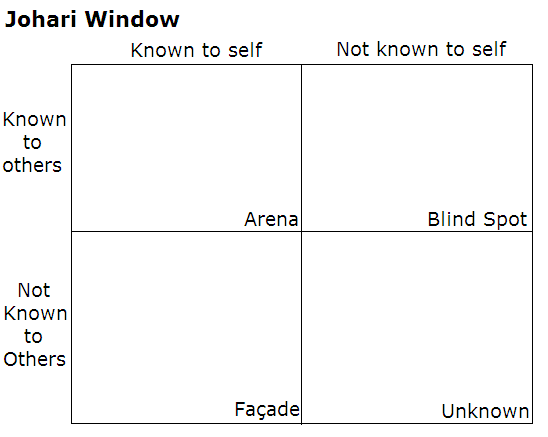It isn’t having the most data that wins; it’s being able to do the best analysis.
Web analysis means taking the data from web analytics and using it to make changes to your site and business decisions based on the data.
Performance marketing seeks to maximize the ROI of all web initiatives over the long term. As a result, it rejects creative branding projects that may win accolades in the industry but fail to take business objectives into account. It also rejects short-sighted tactics, such as page packing, which increases click-through rates while harming the long-term reputation of a company’s website.
Data-Driven Organization
- Business goals drive decison-making
- Avoid gut feelings
- Invest with business goals in mind (measurable)
- Employ performance metrics though the whole company
- Segment users according to their needs and value
Company
- Be willing to take risks – set performance goals for yourself
- Present benefits
- Rate your Data Drive
- Do you have agreed-upon success metrics for your web channel?
- Can most people identify the overall success metrics the same way?
- Have you monetized your key site behaviors?
- Do you prioritize projects and initiatives based on potential financial impact?
- Do you evaluate all projects post-launch to determine their impact on your business?
Test your data drive
- Do you commonly use web analytics to identify opportunities to improve your site?
- Do you conduct attitudinal surveys to identify opportunities to improve your site?
- Do you use competitive data to benchmark success and identify best practices?
- Do you analyze behavioral, attitudinal, and competitive data in conjunction with one another to drive greater insight?
- Do you include success-metrics in statements of work and RFPs for both internal teams and outside agencies?
- Do your creative briefs include success metrics and behavioral, attitudinal, and competitive benchmarks?
- Do you employ an ongoing testing and optimization methodology based on insight generated from data?
- Do you segment your site to customize experiences and determine the best page solutions for different audiences?
- Do you measure the offline impact of the web channel?
- Do you reward employees based on performance against specific KPIs?
- Do you regularly take action on data to improve site performance?
Analytics Intervention
- Admitting the Problem
- Admit your Problem
- Agree that is a corporate problem > all have to work together
Business Goals:
- What makes your business successful?
- What will contribute to long-term success?
- What will hurt the success?
- What are the business goals?
Site Goals:
Awareness ladder
- Awareness -> Did people know me? Analytics helps improve performance
- Interest -> Website, Blogs, Forums, Review sites, etc.
- Consideration -> More information, good information, etc.
- Purchase -> Buying, Checkout
KPIs are
- tied to your organization’s unique goals
- Measured over time
- Agreed on by the people
Goals of your website
- Web-Monetization Models
- Online lead-generation form
- Phone inquiries generated online
- Customer service savings
- Upgrade offers
- Prospect education
Leads closed x average revenue per sale / total sales = avg. lead value
Whenever you make changes to a support site, you should also survey people who visit it to determine whether they’re getting their questions answered – or if you’re driving them away.
Scenario modeling
Example: Ad Supported Site
Don’t stop at the sale – after sales support / etc. = they can still cancel the order
How to group data?
- Search keywords
- Aggregate – Top 10, 20, …
- Cluster for groups
- Search terms by site section / page
- Segmentation based on visitor type
- ZAAZ Exit Ratio: Site exits from page / page visits to that page
- Branding Metrics
- Direct visitor traffic
- Perception studies
- Repeat buyers
- Branded searches
- Survey offline purchasers
- Referral actions by visitors
- Blog / Social media buzz
Ideas:
- Hot box on each page which displays segmented content
- Noncustomers were invested to sign up for a new account
- Online bankers were cross-sold additional financial services
- Customers without online banking were encouraged to sign up
Projects:
- Dynamic Prioritization
- Projects priorization based on business impact
- Agile teams for new important projects
- Accountability of initiatives
- Scorecard
Process status:
- Do you refresh your site often?
- Do you try out options using tests?
- Do you use insights from analysis?
- Do you analyze all initiatives for their impact?
- Do you document and share best practices?
Select projects:
- Comparing Opportunities
- Cost
- Likelihood of reaching the target range
- Profit potential
- Timeline
- Payback period
- Total impact on site experience
- Don’t set expectations too high
- Identify test cases
- Use WA to find under performing pages
- Ask the customer
- Do competitive research and look at other websites (!)
- Prioritize Tests
- What is the potential upside?
- Ease of technical implementation
- Ease of measurement
- How much time will it take?
- Optimizing Segment Performance
“The big win that can come from an analytical approach is the rapid impact and iteration that data can have on design.”






